
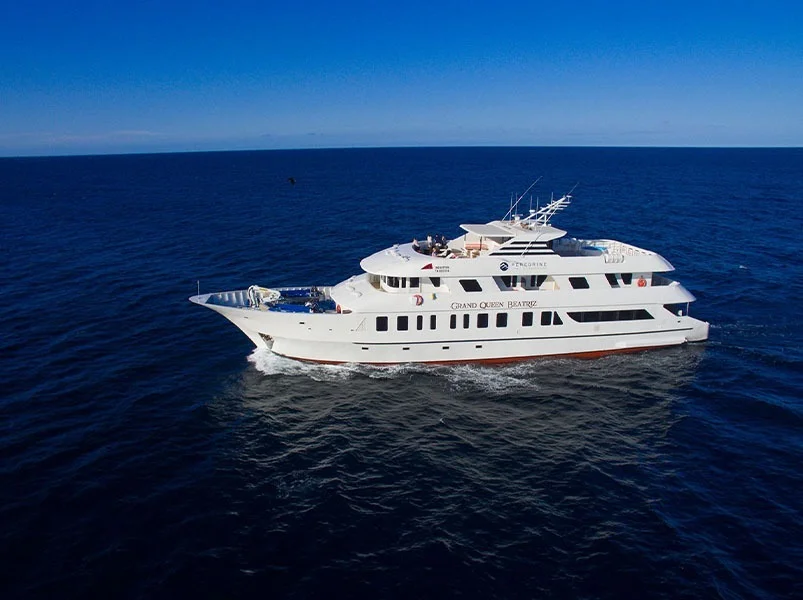
Discover the Galapagos in just four unforgettable days. Visit Santa Cruz’s lush highlands and Charles Darwin Station, explore Isabela’s Tintoreras and tortoise breeding center, and snorkel among colorful marine life at Floreana’s Devil’s Crown. The adventure concludes with an early morning excursion before returning to Baltra.
4 Day Galapagos Itinerary
Day 1: Santa Cruz Island: Highlands & Charles Darwin Station
This morning you will be transferred to the airport for your flight to the Galapagos Islands. Please note the pick-up time will usually be as early as 4am as the airport is a one hour drive and you must allow for delays and check-in times. (Your tour leader will confirm this time with you at the pre-departure meeting on Day 1. A US$20 per person transit card is payable on departure at Quito Airport and a US$100 per person national park entry fee is payable on arrival on the islands. Please have cash on hand for these transactions as using credit cards can be time consuming.
Charles Darwin Station
You will be met in the arrival hall of the airport by a National Park Guide, and transferred to the catamaran ‘M.Y Grand Queen Beatriz’. Lunch will be served on the boat. Your first stop in the afternoon will be Punta Carrion, located in north-eastern Santa Cruz. This is a shallow and protected cove, ideal for your first snorkel and swim in the Galapagos! Wildlife is plentiful; keep your eyes peeled for blue-footed boobies, Galapagos herons, great blue herons and underwater swim among rays and white-tipped reef sharks.Meals Included: Lunch / Dinner
Day 2: Isabela Island: Tintoreras & Giant Tortoise Breeding Center
Today you will wake up on the South Coast of Isla Isabela, the largest of the Galapagos Archipelago. Isabela was formed by five giant volcanic craters, all of which are still considered active. The island is located in one of the youngest geological areas in the world, having been formed less than 1 million years ago.
This southern coast of turquoise blue waters has the largest area of beaches in the Galapagos.
Blue-footed boobies and penguins, marine iguanas and crabs also make their home here, and the waters provide further opportunities to swim with turtles.
This southern coast of turquoise blue waters has the largest area of beaches in the Galapagos.
Tintoreras
You will visit Las Tintoreras, where from the viewing walkway you can look down into this narrow channel to see a colony of white-tipped reef sharks swimming and sleeping, and the occasional playful sea lion among them!Blue-footed boobies and penguins, marine iguanas and crabs also make their home here, and the waters provide further opportunities to swim with turtles.
Giant Tortoise Breeding Center
Here you will also visit the Giant Tortoise breeding center and the Wall of Tears, constructed from lava by prisoners of the penal colony here between 1946 and 1959 as punishment. Please note there's a US$5 fee to be paid upon entering Isla Isabela.Meals Included: Breakfast / Lunch / Dinner
Day 3: Floreana Island: Cormorant Point, Devil´s Crown & Post Office Bay
The island of Floreana is a highlight of any Galapagos cruise, rich in natural wonders and wildlife.
Today is also one of your finest opportunities to see pink flamingos and other water birds wading in the lagoons, including pintails and stilts.
Cormorant Point
You will go ashore at Punta Cormorant where the sand is made up of fine olivine crystals, a glassy volcanic mineral, giving the beach an olive-green color. It is the best place to see Galapagos sea lions.Today is also one of your finest opportunities to see pink flamingos and other water birds wading in the lagoons, including pintails and stilts.
Devil's Crown
Just offshore, the Devil’s Crown is an old eroded volcanic cone and a popular roosting site for seabirds such as boobies, pelicans and frigates. Red-billed tropicbirds can also be seen nesting in the rocky crevices.The center of the cone is an outstanding snorkeling spot, perhaps the most remarkable in the entire archipelago, full of sea lions and colorful fish.
Post Office Bay
Floreana is also home to Post Office Bay, where 18th century whalers used a barrel as an unofficial mail drop. This custom continues to this day with visitors to the Galapagos – post one of your own, or see if there are any you could deliver back home!Meals Included: Breakfast / Lunch / Dinner
Day 4: Santa Cruz Island: Highlands & Transfer out
As flights to the mainland from Galapagos depart mid-morning, it is an early start for our last morning on the islands. Depending on the time of our flight, our time spent on this final excursion could be limited.
Today you will visit Santa Cruz, the second largest island in the Galapagos. Afterward you'll head up into the highlands for a total change of scenery. Beginning at the coast you will travel across Santa Cruz through the agricultural region and into the misty forests. This is a lush humid zone containing miconia bushes, scalesia and inactive volcanic cones. Santa Cruz has more endemic plants than any of the other islands and you are likely to see Galapagos giant tortoises in their natural habitat and perhaps even the bright red feathers of a vermillion flycatcher!
This is your final excursion before you return to the airport in Baltra for your flight back to Quito. As you will be leaving the boat this morning, please remember that if you have enjoyed the services provided by your guide and crew, a tip would be very much appreciated by them. As a guideline we recommend each passenger consider US$15 per day for the crew and US$10 per day for your guide. You can leave tips in envelopes that are placed in your cabin on the last day of your journey.
Today you will visit Santa Cruz, the second largest island in the Galapagos. Afterward you'll head up into the highlands for a total change of scenery. Beginning at the coast you will travel across Santa Cruz through the agricultural region and into the misty forests. This is a lush humid zone containing miconia bushes, scalesia and inactive volcanic cones. Santa Cruz has more endemic plants than any of the other islands and you are likely to see Galapagos giant tortoises in their natural habitat and perhaps even the bright red feathers of a vermillion flycatcher!
This is your final excursion before you return to the airport in Baltra for your flight back to Quito. As you will be leaving the boat this morning, please remember that if you have enjoyed the services provided by your guide and crew, a tip would be very much appreciated by them. As a guideline we recommend each passenger consider US$15 per day for the crew and US$10 per day for your guide. You can leave tips in envelopes that are placed in your cabin on the last day of your journey.
Meals Included: Breakfast
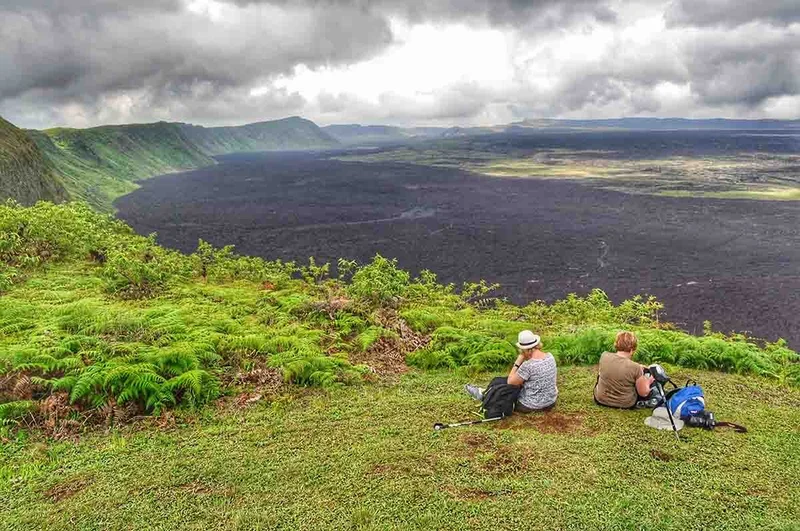

+12
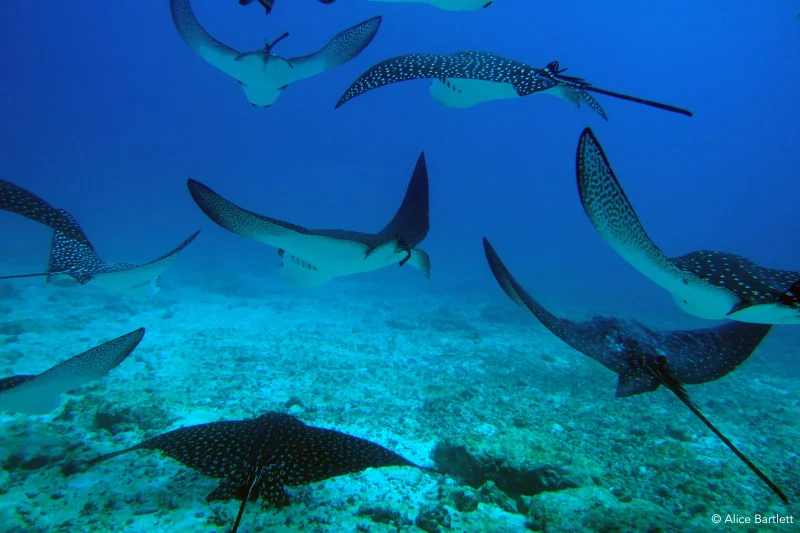
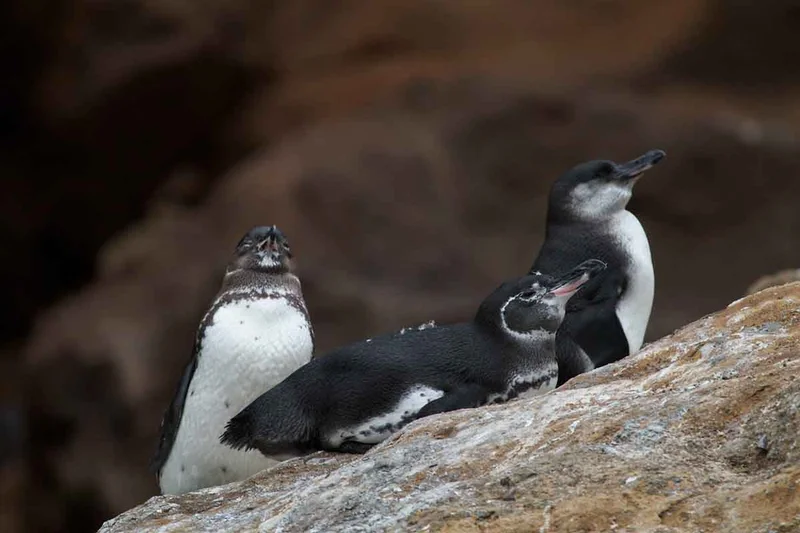
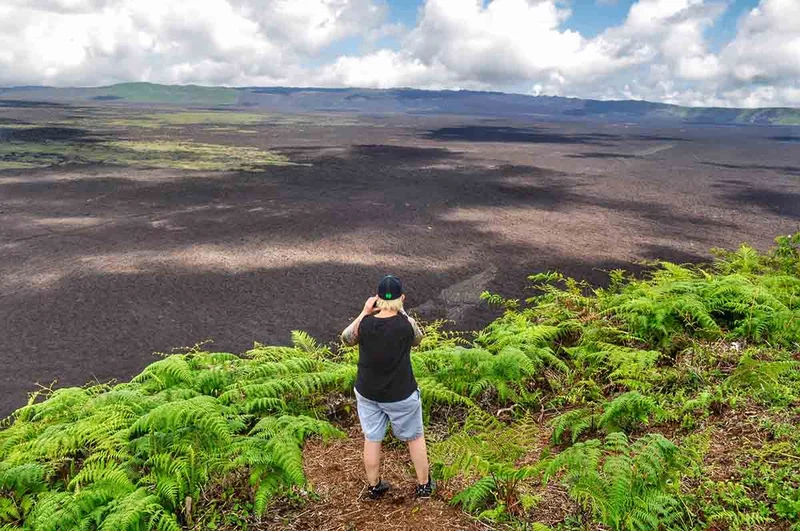
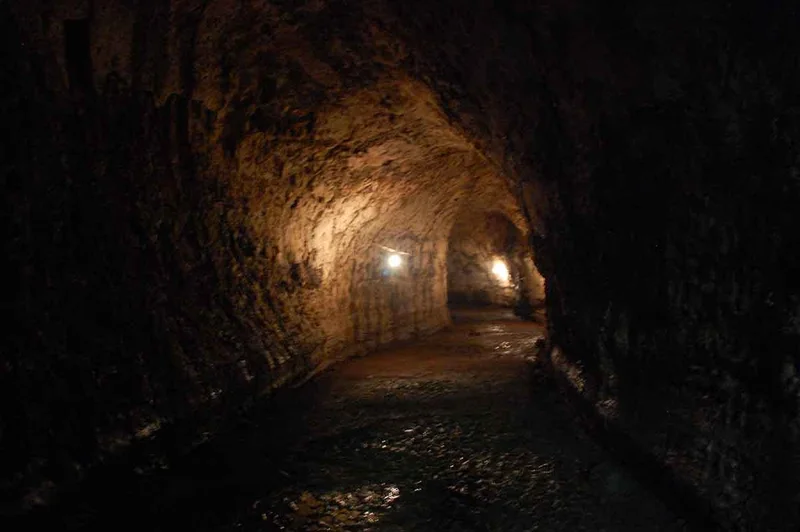
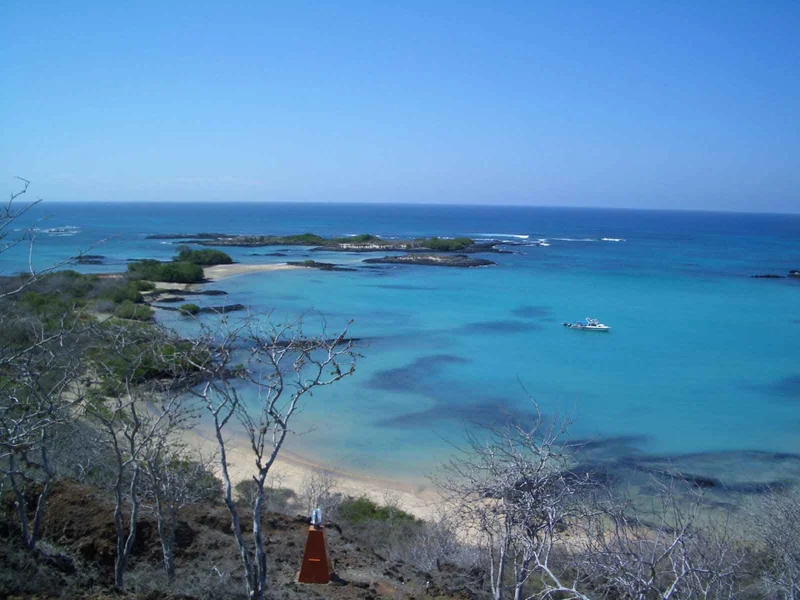
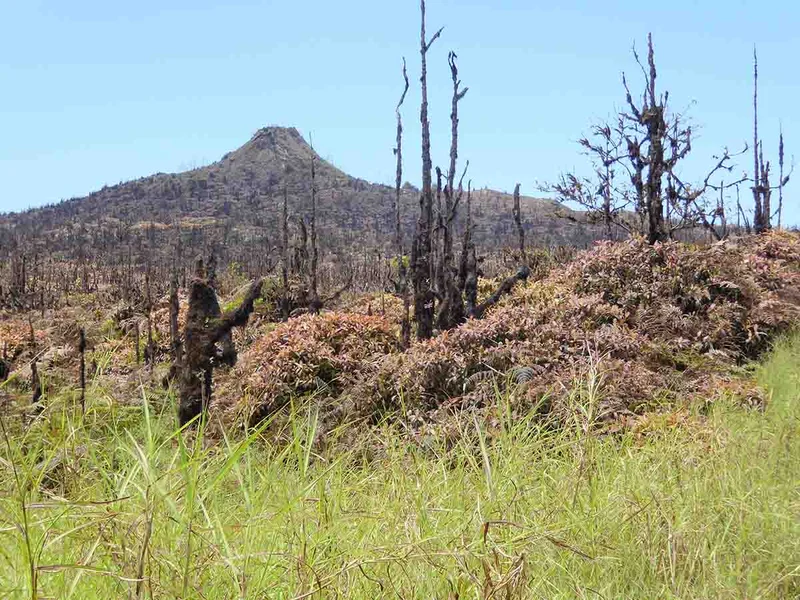
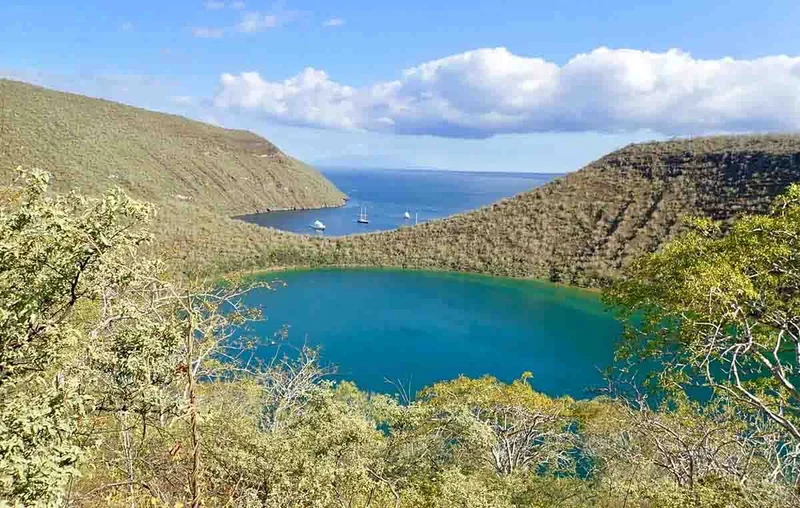
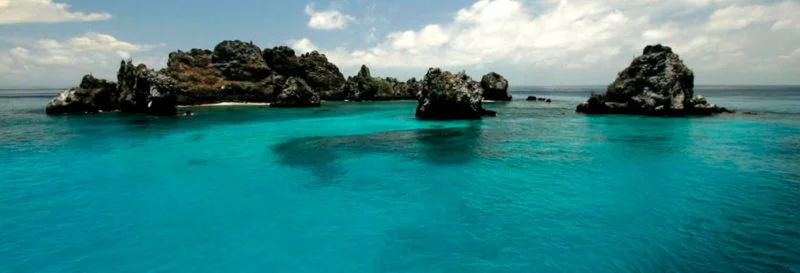
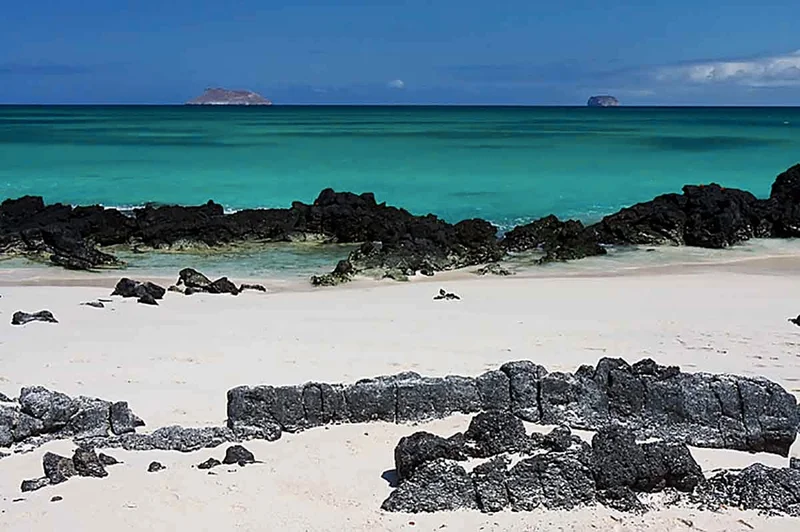
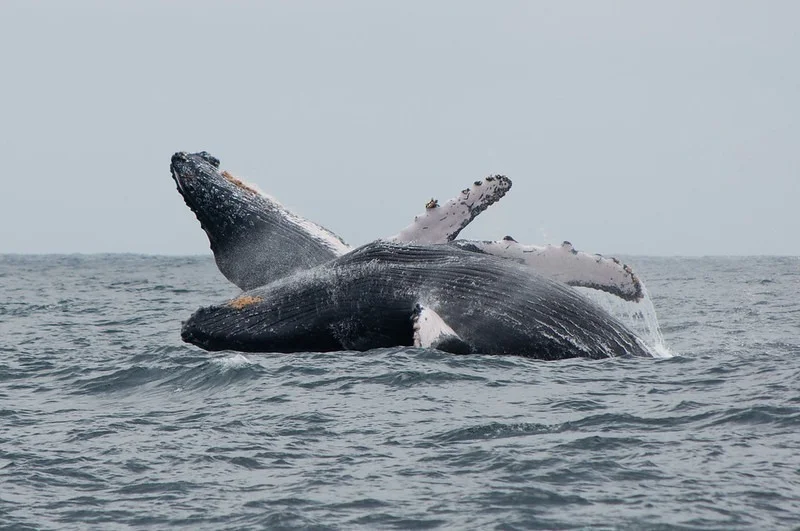
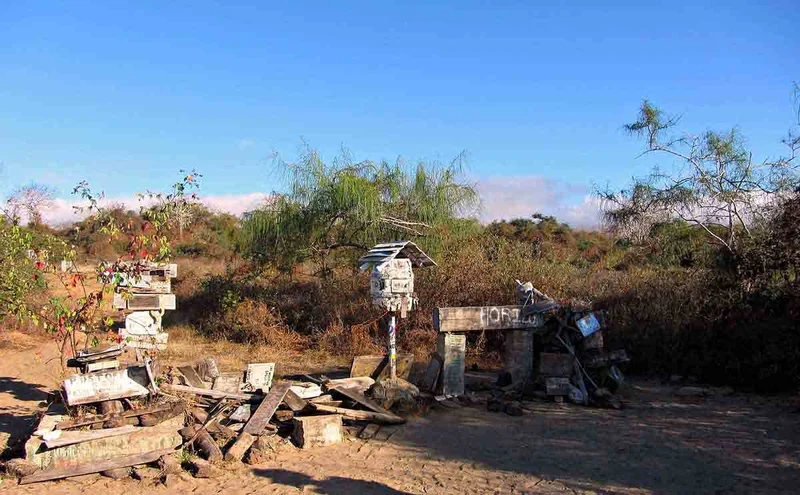
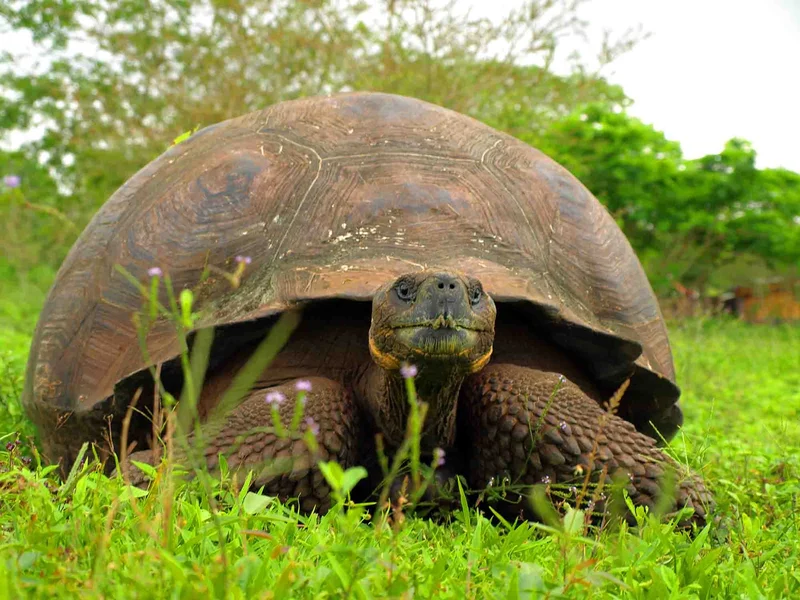
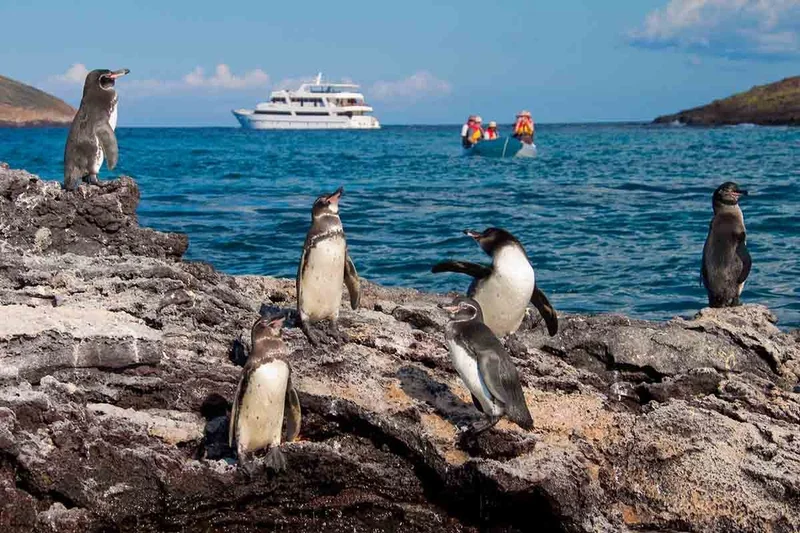
4 Day Galapagos Itinerary Includes
- Non-alcoholic beverages (coffee, tea and filtered water) available 24/7
- The services of an expert English-speaking naturalist guide and a crew of nine on board the yacht.
- Accommodation on board is in double bases unless you paid for s single supplement, all cabins has private bathroom.
- Soap, shampoo, toilet paper, hand towels, body and beach.
- All Zodiac and shore excursions during the voyage.
- All meals and snacks on board the Queen Beatriz
- Use of snorkeling equipment during the voyage.
- Transfers to the airport and back in the Islands.
- Jacuzzi on board.
4 Day Galapagos Itinerary Does not Include
- Flights to Galapagos.
- For the naturalist guide and the crew members
- Alcoholic drinks
- Souvenirs, laundry and other expenses not specified.
- $200 USD Galapagos National Park Entrance Fee
- $20 USD IN-Gala transit control card
Itinerary Map
Click on the map to navigate the itinerary
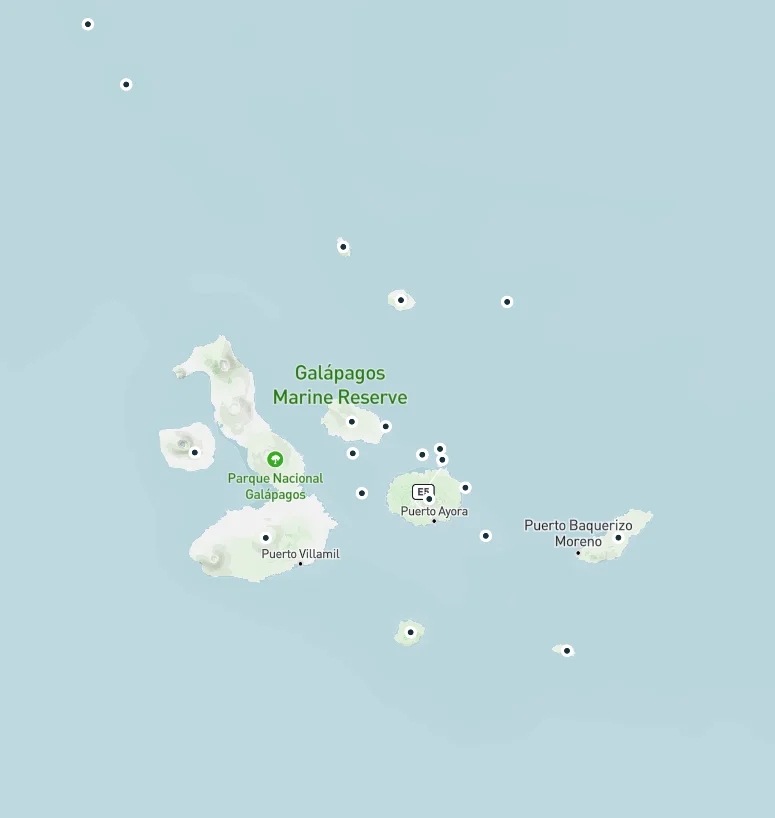
Animals you might see on this itinerary:
0 / 0
More information about the Galapagos Islands you visit in this 4 day itinerary:
Eastern Galápagos Express 4-Day Cruise - Grand Queen Beatriz Yacht
From USD 2962,00
Why travel with us?
Similar Itineraries
Grand Daphne
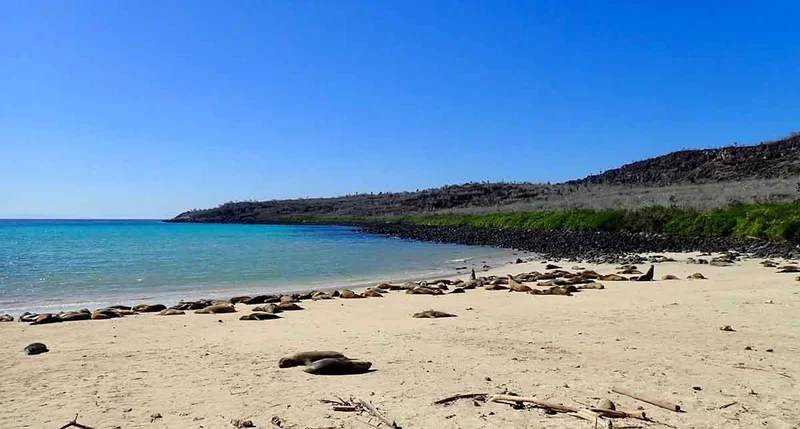
From USD 3689,00 pp
Galapagos Islands
5 Days
Itinerary 5 Days
Natural Paradise
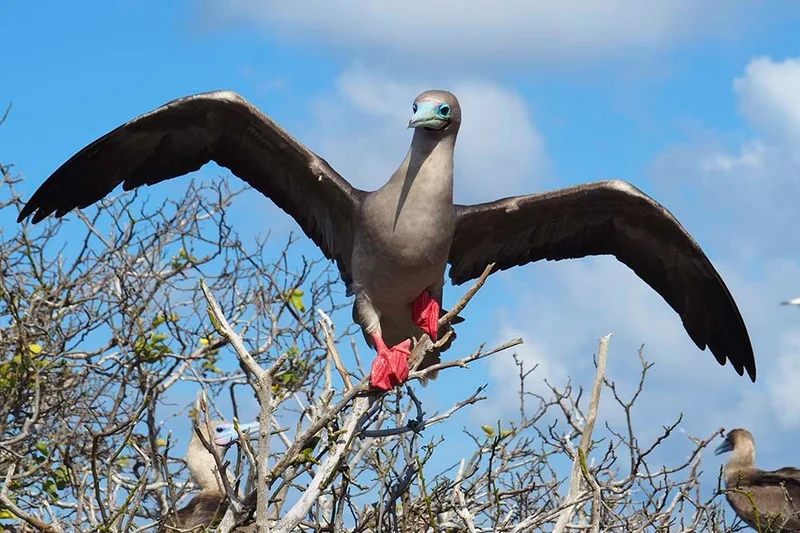
From USD 3245,00 pp
Galapagos Islands
4 Days
Discover The Enchanting Galapagos Islands On A 4 Day Galapagos Cruise
Ocean Spray
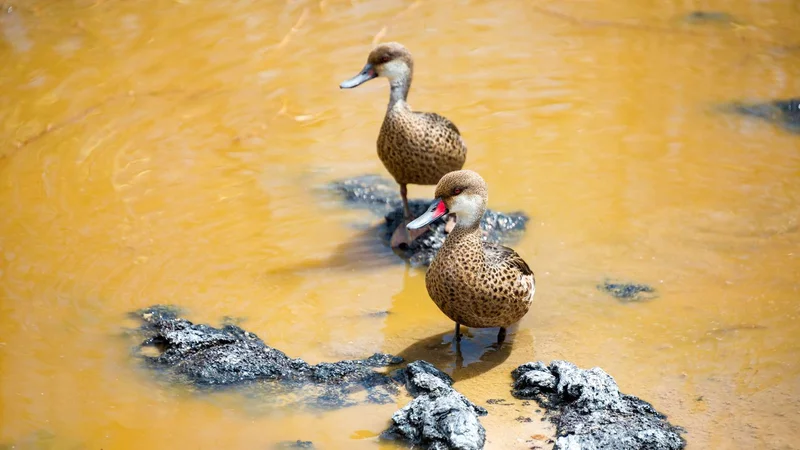
From USD 5190,00 pp
Galapagos Islands
5 Days
Galapagos 5 Days Cruise On Board The Ocean Spray North And Central Islands
Archipel II

From USD 6667,00 pp
Galapagos Islands
8 Days
Discover Wild Galapagos 8 Day: West Islands